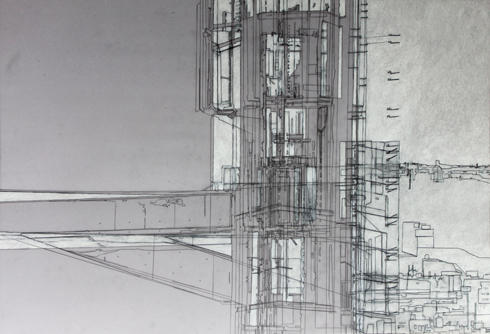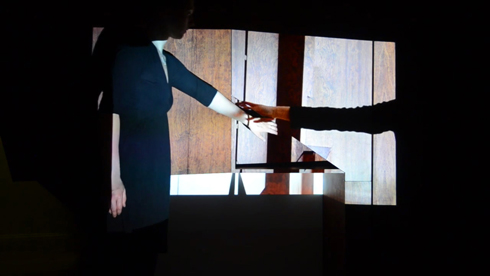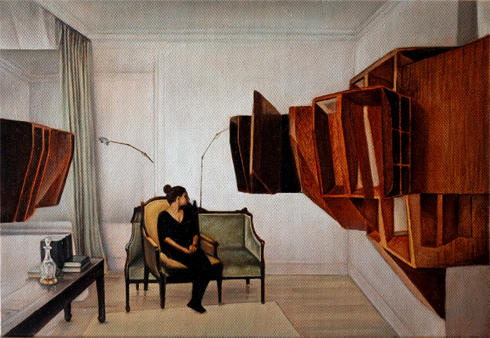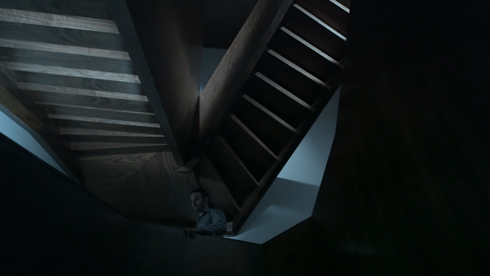
AP has been invited to take part in the Venice Biennale’s 14th International Architecture Exhibition.
Forming part of the prestigious cultural institution; La Biennale di Venezia, the Architecture Biennale was first set up in 1975, relatively recent when comparing to the Biennale’s century-long history. Today, the Venice Biennale captures a multitude of interest from around the globe and attracts over 370,000
Under the directorship of renowned architect Rem Koolhaas, and entitled Fundementals the
Invited by the Dutch
The exhibition will take place in the Foundation’s two Venetian palazzi; Palazzo Bembo and
Norman Foster, Ricardo Bofill, and Eduardo Souto De Moura are among the many participants, who through their work will add commentary about the current state of architecture, as well as highlight philosophical questions and concepts regarding time,
The event documents the wide and varied perspectives of the participants from six continents. Through the diversity of exhibits (models, concepts, research results, dreams, hopes and ideas) the curators’ intention is to elicit discussion and understanding about our existence as human beings within time
AP will present their multi-disciplinary piece, 'Year 2225-a triptych' at Palazzo Mora. By exploring other forms of expression, such as painting and film, AP encourages the investigation of space. 'Year 2225-a triptych' revolves around the transitory moments of architecture. Around the ephemeral moments between the erecting and demolishing of a building; when the building is utilised; not in its intended manner, but rather in the most unorthodox

With this in mind AP commissioned and curated a series of films and paintings to portray three realised projects: The Barrakka Lift in Valletta, the double-helix staircase of St. Barbara Bastion and the Super-Furniture of Stanhope Gardens in London.

The project protagonists in the films and paintings (a lift, a staircase, and a cupboard) were selected for the intensity of experience and memory, which is derived from the spaces they create. These are both physical and metaphorical, distant or hidden, inaccessible or overlooked, like the forgotten apartment that Tancredi and Angelica discover in Giuzeppe di Lampedusa’s book Il Gattopardo. The films record the existence of lives that unfold in the shadow of these constructions which, invariably, hail from the past: chance encounters, missed opportunities, routine displacements. The small oil paintings, on the other hand, are designed to become objects stemming from the life of the buildings that they depict, extending it into domestic interiors, galleries, cabinets of curiosities and other depositories of memory.

To this end the exhibits are placed at different heights on the wall, further participating in the exploration of space(s) and accentuating the dichotomy between contemporary experience and the influence of its re-experience through the plurality of media.
AP would like to thank its sponsors: Farrugia Investments Ltd. , the Ministry of Foreign Affairs and Frank Salt